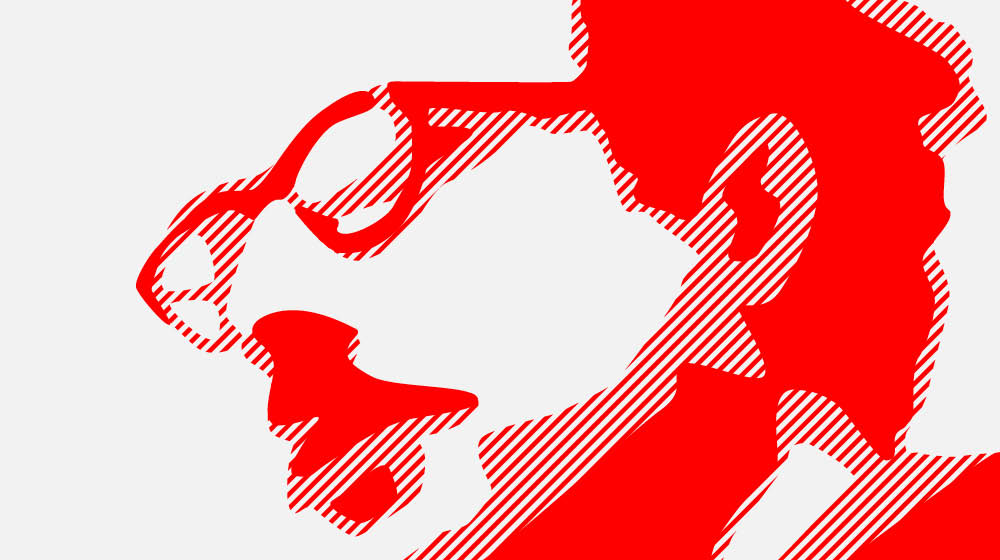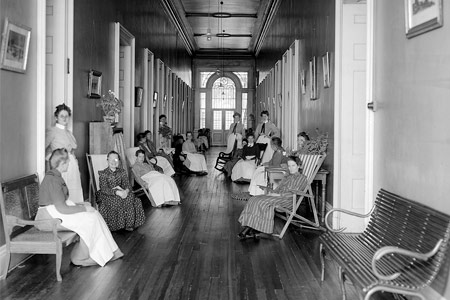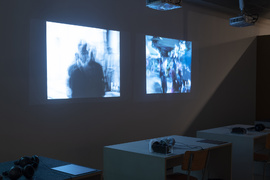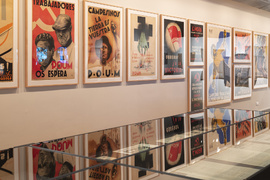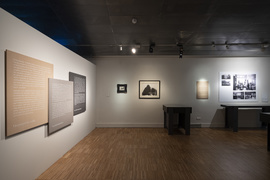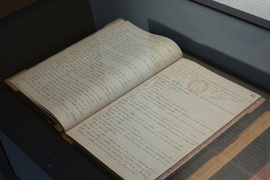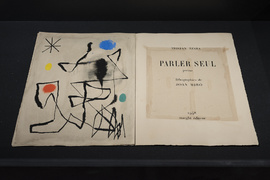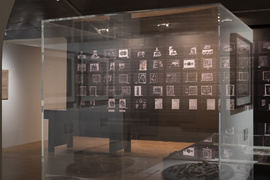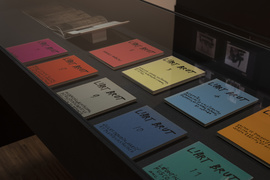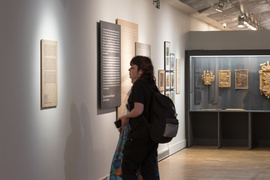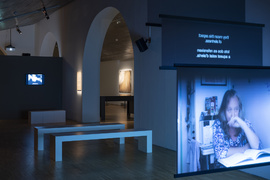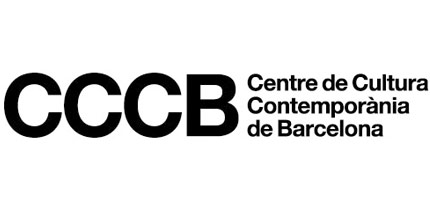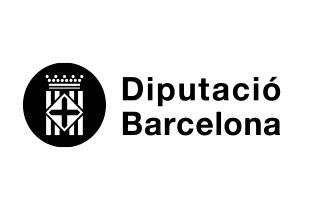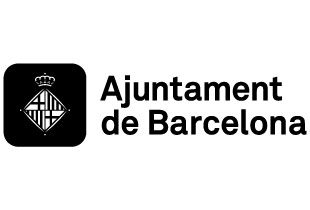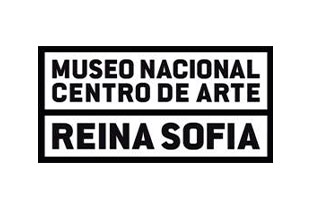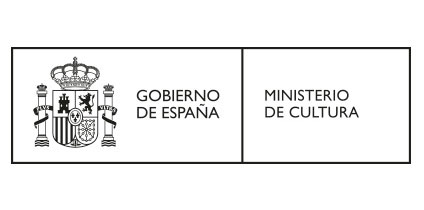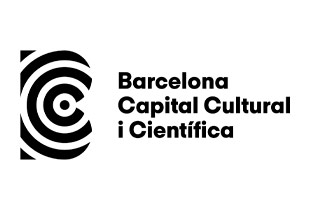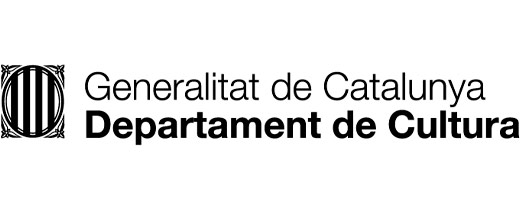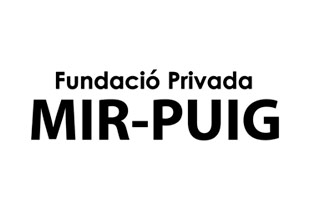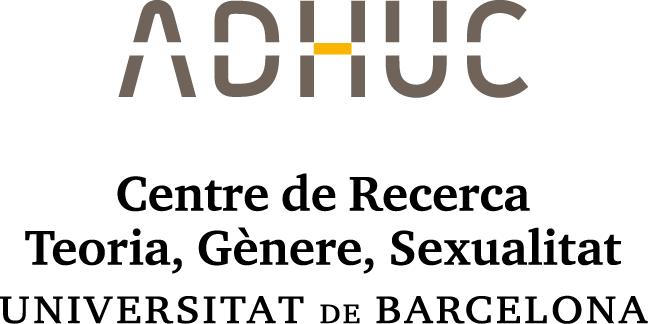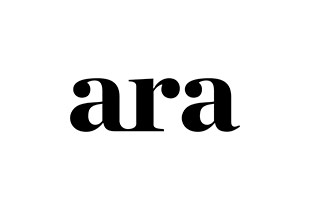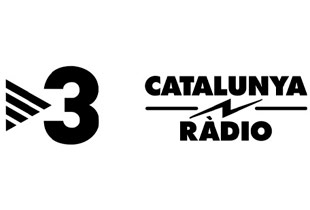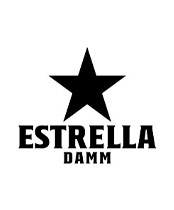Exhibition
Francesc Tosquelles
Like a Sewing Machine in a Wheat Field
The exhibition takes a look at the avant-garde practices that the psychiatrist Francesc Tosquelles carried out in the therapeutic, political and cultural field. Tosquelles transformed psychiatric institutions during the Republic and in fascist Europe. Today, he is an inspiration when addressing mental health policies in times of extreme crisis.
"Francesc Tosquelles. Like a Sewing Machine in a Field of Wheat" highlights the figure, the work, and the political and artistic environment of a psychiatrist who revolutionized the medical practices of his time and passed on an innovative and surprising cultural legacy that is unknown to most. Francesc Tosquelles set out to address the social root of mental illness and transform the psychiatric institution.
Francesc Tosquelles (Reus, 1912–Granges-sur-Lot, 1994) trained in the political and cultural experience of the Commonwealth of Catalonia and the Republic. After fighting on the Aragon Front and in Extremadura during the Spanish Civil War, he had to go into exile in France in 1939. At the Septfonds concentration camp and, above all, in the psychiatric hospital at Saint-Alban (France), Tosquelles revolutionized the functioning of the psychiatric centre with a practice that linked politics, clinical experimentation and culture.
The sanatorium at Saint-Alban became a haven for avantgarde artists, who lived alongside inpatients, peasants, nuns, doctors and nurses. Tosquelles opened up the psychiatric hospital to many different artistic practices, fostering the social ties of the inpatients and humanizing the lives of thousands. He was a pioneer in introducing tasks of self-management, commissions, and inpatient clubs; training for caregivers; theatre, film and writing experiment; the creation of mural periodicals and internal newspapers; and the introduction of printing and occupational therapy workshops.
The exhibition invites visitors to walk chronologically through the life and work of Tosquelles. The psychiatrist’s oral testimony accompanies visitors as he talks about the topics that interested him: the peasantry, Stalin, the fear that madmen arouse in psychiatrists, and many others. The exhibition features an extensive selection of previously unshown films, historical and documentary materials, surrealist avant-garde works and objects produced by patients at Saint-Alban Hospital, on loan from the Lausanne Art Brut Collection and other private collections.
Paul Éluard, Gérard Vulliamy, Tristan Tzara, Joan Miró, Antonin Artaud, Henri Michaux, Brassaï and Léon Schwarz-Abrys are some of the artists present in the exhibition, which also includes contemporary works and newly created projects, such as a film by Mireia Sallarès and interactive installations and pieces by Alejandra Riera, Roger Bernat, Angela Melitopoulos, Maurizio Lazzarato and Perejaume.
This project is the result of a research process developed by art critic, teacher and researcher Carles Guerra, and research led by literary critic and University of Barcelona lecturer Joana Masó, which was financed by the Mir-Puig Foundation and produced the publication Tosquelles. Curar les institucions (Arcàdia), awarded the Ciutat de Barcelona Essay, Humanities and History Prize 2021.
The exhibition will be presented in adapted versions at Les Abattoirs. Musée FRAC Occitanie, Toulouse (until 6 March 2022); the Centre de Cultura Contemporània de Barcelona (8 April–28 August 2022); the Museo Nacional Centro de Arte Reina Sofía, Madrid (27 September 2022–end March 2023), and the American Folk Art Museum in New York (April–October 2023).
Curators: Joana Masó, Carles Guerra
A Tosquelles Glossary
Sections of the exhibition
Tosquelles' places
Heterogeneous materials come to light when investigating an itinerary like Tosquelles': texts written by the author himself, essays on psychiatry, works of art made inside and outside psychiatric institutions, oral testimonies as well as documentary-style films and photographs. In the 1950s, Tosquelles made pioneering use of film and 8mm cameras in the psychiatric hospital to preserve the memory of its transformations. Sometimes, his wife, Elena Tosquelles, and other carers were behind the camera. These films were often shown at screenings with the residents.
Curing institutions: politics and psychoanalysis
Following the proclamation of the Republic in 1931, the arrival in Barcelona of psychiatrists and psychoanalysts from Central Europe fleeing anti-Semitism made the city known as Little Vienna. Tosquelles used psychoanalysis and Marxism to transform the mental institution's heirs to 19th-century psychiatry.
Tosquelles believed that to heal the sick, the hospital needed to be treated as an unhealthy body and changes were made to its authoritarian and institutionalised unconscious that was mired in bureaucratic inertia and stagnation. Tosquelles worked with the old institutions to transform them into places in motion where people could live. This is because he believed that the function of the state was to prevent institutions from existing. Anti authoritarianism also cut through Tosquelles' relationship with politics while he was affiliated with anarcho-syndicalist movements and minority communist parties that had been deeply critical of Stalinism since the late 1920s and were subjected to reprisals by the official communist regime.
Location-based psychiatry
Over the years, Tosquelles lived in psychiatric institutions that were open to and rooted in the different places where he worked: the private mental hospital for the gentry in Reus, the field hospitals set up in houses in Aragon and Extremadura that had been expropriated during the Spanish Civil War, an improvised psychiatric unit in the makeshift internment camp for Republican exiles in Septfonds, or the rural hospital in one of the poorest regions of France. In all these places, Tosquelles pursued the public mental health projects set up by the Catalan Commonwealth, or Mancomunitat, and the Second Republic, which had organised therapeutic treatments by working closely with different towns and villages, rural communities and providing paid work that created social links.
Inspired by a radical pragmatism, Tosquelles' transformative practice entailed caring for the medical community – psychiatrists, nurses, carers and nuns – as well as the inpatients and involving non-professional teams, who were part of civil society, in the healing process. He worked with musicians, writers, sex workers and painters to bring about a more collective, less-specialised relationship with the treatment of the illness, which was not restricted to the figure of the psychiatrist and their historical fear of madness.
Saint-Alban, the revolution on film
The major transformation that took place at the hospital in Saint-Alban between 1940 and 1962 – the period when Tosquelles was working there – has become a model for explaining the foundations of institutional psychotherapy. One of its distinguishing features was to bring clinical innovations, avant-garde cultural production and anti-fascist political activity onto one site in order to express what was called an ensemble thérapeutique: a situation in which the relationship between everybody – and everything – replaced the mechanisms of contention traditionally exerted by the walls of the institution.
Representations of madness: from the asylum to the museum
During the first half of the 20th century, the art works made by inpatients at psychiatric hospitals received an unusual amount of attention. They were deemed to be study material, diagnostic tests, and items to be collected. In Albi, Dr Benjamin Pailhas was one of the first people to show an interest in this aspect. Shortly afterwards, Dr Maxime Dubuisson – who was the hospital director in Saint-Alban between 1915 and 1918 – compiled albums of drawings by Auguste Forestier, who soon became an icon of the art brut movement. The artist Jean Dubuffet defined the term art brut in the 1940s to refer to "art untrammelled by culture".
These objects were part of a healing process, or an exchange economy, inside the hospital. Still, once outside, they were understood as artefacts used to perform a cultural critique. These objects are now held in museums dedicated to art brut, separated from other art forms and their context, opening up an urgent debate about how to restore this legacy to its rightful place.
The delusion of the end of the world
In the 1930s until the end of the 1940s, the idea of the end of the world was very prevalent in the field of culture and the experiences of the generations who were becoming increasingly aware of the pervasive warmongering of the time. Today we see the spine-chilling howls of the poet and actor Antonin Artaud filmed by Eugène Deslaw, and the Breughelesque, surrealist works by Gérard Vulliamy as premonitions of the catastrophe to come, which was, nonetheless, confirmed by the bombing of Guernica during the Spanish Civil War and the outbreak of World War Two.
While Francesc Tosquelles and Jean Oury were working together at Saint-Alban, the perception of "the delusion of the end of the world" became apparent in their patients as an experience that was both real and characteristic of psychosis. The psychiatrist Jean Oury underscored this diagnosis by using the expression to refer to artworks by patients, such as Benjamin Arneval and Aimable Jayet. In 1948, Tosquelles defended his thesis on delusional writing, evoked by the French poet Gérard de Nerval, at the Faculty of Medicine in Paris. Tosquelles interwove the suffering of psychotics and schizophrenics with the fear of people he called normal men.
Feet, cinema and collective life
Around 1947, Tosquelles formulated an idea he would refer to throughout the rest of his life. He proposed shifting the cognitive experience, often located in the brain, to the feet. He would say, "When we walk in the world, it isn't the head that counts; it's the feet. Knowing where you're treading." At the time, and despite scant references to the "hypocritical method", as Tosquelles labelled this proposal, he tells us that exile is inscribed on the feet because it is the feet that cross borders. He does not hesitate to give mothers' examples, stating that "the first thing they do is tickle their newborn baby's feet."
From the mid-fifties onwards, Tosquelles made the treatment of autistic children the focus of his work, as he had done at the association Le Clos du Nid. Not far from there, in the Cévennes, the pedagogue, Fernand Deligny, was already carrying out community experiments that also linked amateur filmmaking, criticism of the institution, and what Tosquelles called the "right to wander around". With his associates, Deligny produced drawings that traced their ambulations and movements in space, exploring another relationship with healing and the possibility of creating new environments for living.
Frantz Fanon and Francesc Tosquelles: from anti-fascism to decolonisation
The Antillean psychiatrist, writer and colonial thinker Frantz Fanon worked with Tosquelles as a resident doctor at Saint-Alban from April 1952 to August 1953. When he arrived, Fanon had just published his book Peau Noire, Masques Blancs (Black Skin, White Masks), which he gave to Tosquelles. For sixteen months, they shared their experiences of institutional psychotherapy through a set of practices that interlinked sociotherapy and occupational therapy sessions held at the inpatients' workshops and club: at the theatre, in the print room or during the editorial meetings for the hospital's in-house newspaper.
From 1953 onwards, Fanon worked at the Blida-Joinville hospital in Algeria. He further developed what he had learned in Saint-Alban, tying in with the start of his affiliations with the National Liberation Front (FLN) during the Algerian War of Independence (1954-1962). While treating his Muslim patients, Fanon understood that what he had learnt about psychotherapy from Tosquelles could only be applied to Algeria insofar as it could transform its own cultural references without imposing a European model. This led him to set up the Moorish Café and hold storytelling sessions featuring tales rooted in local culture.
Return to Catalonia: passing on Tosquelles
Tosquelles returned to Catalonia from time to time during the final years of the Franco dictatorship and the post-Franco era. Although France was his main place of work, Tosquelles spent time in Catalonia at the Institut Pere Mata where he continued with the initiatives he had tried out in Saint-Alban, through annual psychiatry workshops, working groups, known as the "cassette groups" as they featured recordings of the teams from the institute and Tosquelles exchanging their points of view and the patients' club.
His return to Catalonia tied in with a proliferation of critical and political writings about psychiatry and psychoanalysis, triggered by the events of May 1968 in France and the emergence of anti-psychiatry that advocated the deinstitutionalisation of mental hospitals. This was also a time when the pharmaceutical industry was preparing for the arrival of psychotropic drugs, which, for Tosquelles, ruined all the work he had done on psychiatric institutions. Tosquelles died on 25th September 1994, in Granges-sur-Lot. His death came at a time when psychiatry had ceased to be a discipline that was studied in its own right and had become just another branch of medicine. In Catalonia and Spain, Tosquelles' important legacy was not passed on.
Related contents
When the (institutional) cure is worse than the (mental) illness
Jose Valenzuela Ruiz
On how mental institutions went from being places of isolation to centres that are open to society, politics and art.
Carles Guerra: Therapeutic art and Art Brut
Carles Guerra tells how Tosquelles was a pioneer in opening up the psychiatric hospital to a host of artistic practices. He used art, film, theatre and writing to promote the patients' social ties and humanize their lives. In contrast with art as therapy, Guerra also talks about Art Brut, a ...
